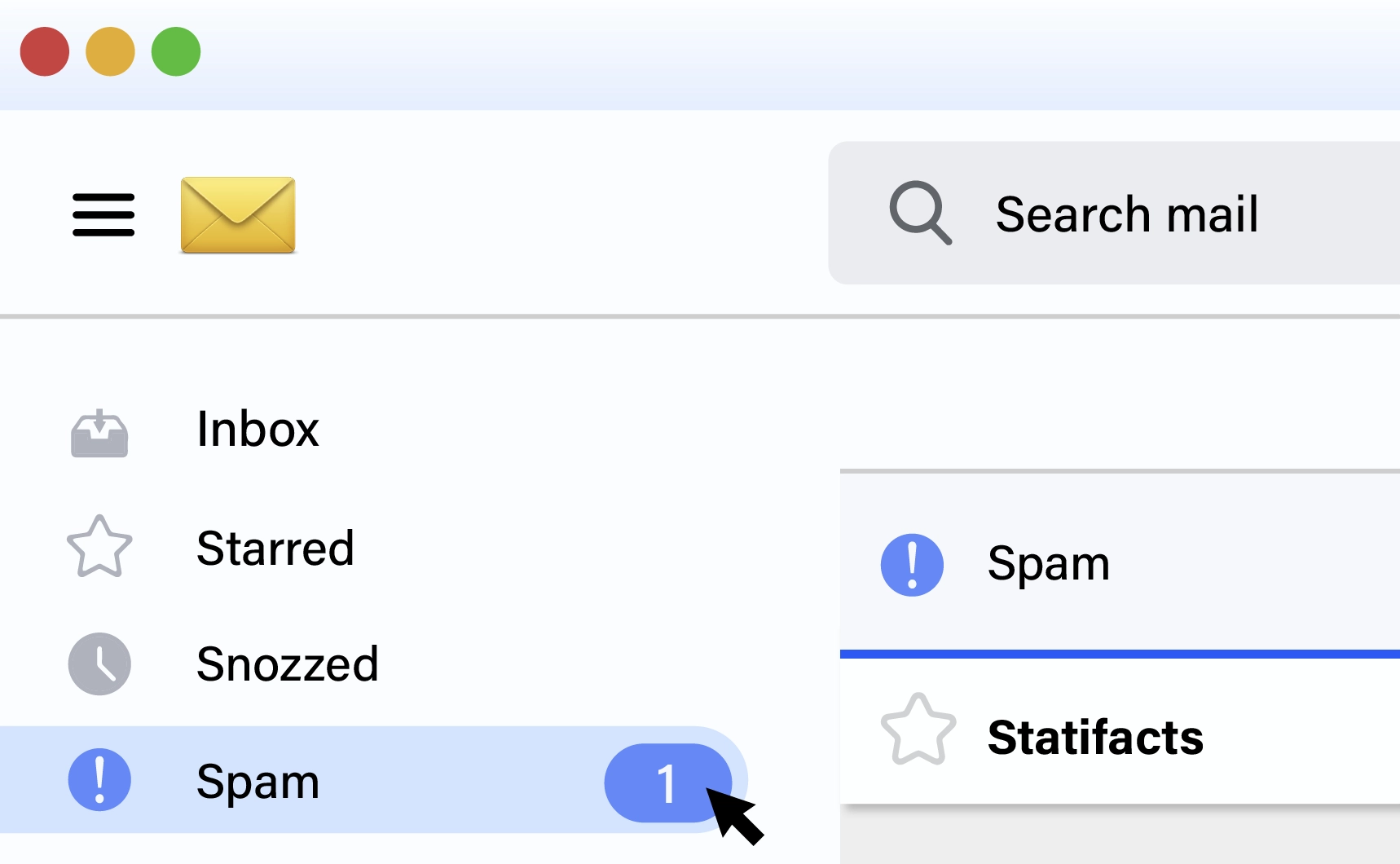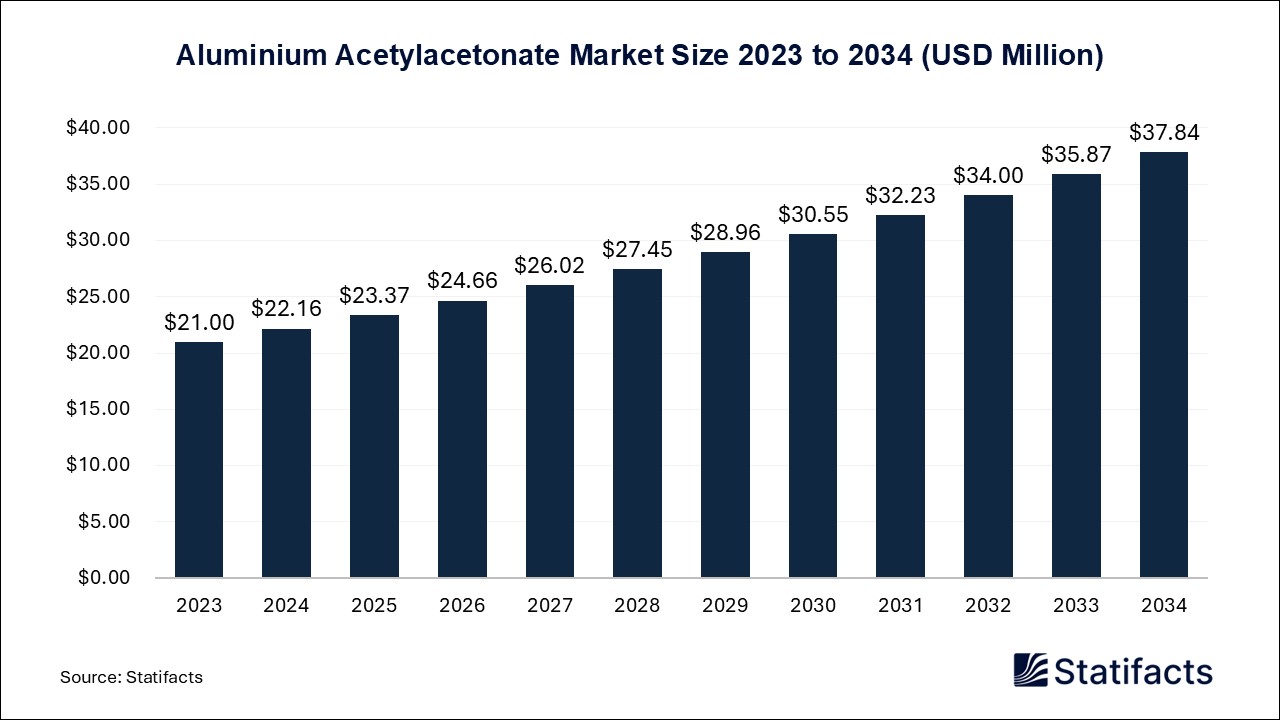Last Updated: 18 Jun 2025
Source: Statifacts
By clicking “Accept All Cookies” you agree to the storing of cookies on your device to enhance site navigation, analyze site usage, and assist in our marketing efforts.
Privacy PolicyThe U.S. pathology laboratories market size was evaluated at USD 101.67 Billion in 2024 and is expected to grow around USD 209 billion by 2034, registering a CAGR of 7.47% from 2025 to 2034.
| Industry Worth | Details |
| Market Size in 2025 | USD 109.98 Billion |
| Market Size by 2034 | USD 209 Billion |
| Market Growth Rate from 2025 to 2034 | CAGR of 7.47% |
The U.S. pathology laboratories market is defined as the foundation of modern healthcare, playing a vital role in disease prognosis, diagnosis, and treatment planning. With the growing burden of chronic diseases such as diabetes, cancer, and cardiovascular disorders, the requirement for accurate and on-time diagnostics has surged. Pathology labs offer vital insights into disease pathology, permitting physicians to make informed decisions about specific patient care. The rise of precision medicine, which depends on genetic and molecular diagnostics, has thus promoted the importance of pathology laboratories.
Published by Kesiya Chacko
Last Updated: 18 Jun 2025
Source: Statifacts
Last Updated: 18 Jun 2025
Source: Statifacts
| Subsegment | 2024 | 2025 | 2026 | 2027 | 2028 | 2029 | 2030 | 2031 | 2032 | 2033 | 2034 |
|---|---|---|---|---|---|---|---|---|---|---|---|
| COVID-19 Tests | 9.10 | 9.40 | 9.80 | 10.10 | 10.40 | 10.80 | 11.10 | 11.40 | 11.70 | 11.90 | 12.20 |
| Esoteric Tests | 13.20 | 14.30 | 15.50 | 16.70 | 18.10 | 19.60 | 21.30 | 23.00 | 24.90 | 26.80 | 28.60 |
| Imaging & Radiology Tests | 32.00 | 34.50 | 37.20 | 40.20 | 43.40 | 46.80 | 50.50 | 54.50 | 58.80 | 62.90 | 67.10 |
| Clinical Tests and General Physiological | 47.40 | 51.80 | 56.50 | 61.70 | 67.40 | 73.50 | 80.30 | 87.60 | 95.70 | 103.30 | 111.00 |
Last Updated: 18 Jun 2025
Source: Statifacts
| Subsegment | 2024 | 2025 | 2026 | 2027 | 2028 | 2029 | 2030 | 2031 | 2032 | 2033 | 2034 |
|---|---|---|---|---|---|---|---|---|---|---|---|
| COVID-19 Tests | 9.10 | 9.40 | 9.80 | 10.10 | 10.40 | 10.80 | 11.10 | 11.40 | 11.70 | 11.90 | 12.20 |
| Esoteric Tests | 13.20 | 14.30 | 15.50 | 16.70 | 18.10 | 19.60 | 21.30 | 23 | 24.90 | 26.80 | 28.60 |
| Imaging & Radiology Tests | 32 | 34.50 | 37.20 | 40.20 | 43.40 | 46.80 | 50.50 | 54.50 | 58.80 | 62.90 | 67.10 |
| Clinical Tests and General Physiological | 47.40 | 51.80 | 56.50 | 61.70 | 67.40 | 73.50 | 80.30 | 87.60 | 95.70 | 103.30 | 111 |
The primary growth drivers for the U.S. pathology laboratories market include the increasing incidence of chronic diseases, the rise in preventive health screenings, and advancements in diagnostic technologies. The aging U.S. population is significantly contributing to the volume of tests conducted annually, as older adults typically require more frequent diagnostics. Additionally, the shift towards value-based care models is reinforcing early diagnosis and precision treatment strategies both of which are heavily reliant on pathology labs. The integration of molecular diagnostics, genetic testing, and digital pathology further accelerates the market’s growth trajectory, reflected in its projected CAGR of 7.47% from 2025 to 2034.
From an investment perspective, the diagnostic chains segment is poised to experience the highest CAGR over the forecast period due to its scalability, consumer convenience, and potential for rapid geographic expansion. Similarly, esoteric testing services, which include complex molecular and genetic tests, are growing rapidly thanks to demand from precision medicine, oncology, and rare disease diagnostics. In terms of end-use, corporate wellness and occupational health partnerships represent an untapped high-growth avenue as employers invest more in proactive employee health screening programs.
Digital pathology, artificial intelligence (AI)-powered diagnostics, and laboratory automation systems are revolutionizing operational workflows and analytical accuracy. Leading laboratories like Alverno and Mayo Clinic Laboratories are leveraging digital imaging solutions (e.g., Philips IntelliSite Pathology) to streamline case reviews, reduce turnaround times, and expand remote pathology capabilities. These tech-led transformations are creating competitive advantages for well-capitalized labs while making it difficult for smaller players to keep pace unless they undergo digital transformation or pursue consolidation.
Despite robust market potential, the industry faces several structural challenges. Chief among them is the shortage of skilled pathologists and lab technicians, which is exacerbated by growing diagnostic volumes. Furthermore, price compression due to payer negotiations and Medicare reimbursement policies can pressure profit margins, especially for high-cost esoteric tests. Market consolidation, while offering scale benefits to large players, could also reduce service accessibility in rural areas and lead to regional monopolies, raising potential regulatory concerns.
Regulatory frameworks, particularly those set by the Centers for Medicare & Medicaid Services (CMS) through CLIA, and the FDA’s evolving stance on laboratory-developed tests (LDTs), have a direct impact on lab operations, service scope, and compliance investments. While regulations ensure high standards for diagnostic accuracy and patient safety, they also raise the compliance burden. Strategy heads must anticipate tighter controls over proprietary testing and prepare for increased transparency requirements in data reporting and patient communication.
The U.S. pathology laboratories market is increasingly oligopolistic, with dominant players like Quest Diagnostics, LabCorp, Sonic Healthcare, and Mayo Clinic Laboratories controlling a significant share of the market. M&A activity is accelerating, with major labs acquiring smaller regional players to expand test menus and national reach. This trend enhances operational efficiency and technology access but also necessitates strategic vigilance from mid-tier players who must either consolidate or differentiate via specialization (e.g., rare disease testing, academic affiliations, or mobile phlebotomy).
The market outlook remains bullish, underpinned by demographic shifts, evolving care models, and technological disruption. By 2034, the market is expected to more than double, reaching USD 209 billion, indicating significant room for growth. Investors should focus on companies with strong digital infrastructure, diversified test portfolios, scalable logistics, and proven payer relationships. Additionally, vertical integration with outpatient clinics, telehealth platforms, and data analytics companies will become a key differentiator for long-term value creation.
To get full access to our Market Insights, you need a Professional Account or a Business Suite.

You will receive an email from our Business Development Manager. Please be sure to check your SPAM/JUNK folder too.

You will receive an email from our Business Development Manager. Please be sure to check your SPAM/JUNK folder too.

Our customers work more efficiently and benefit from


